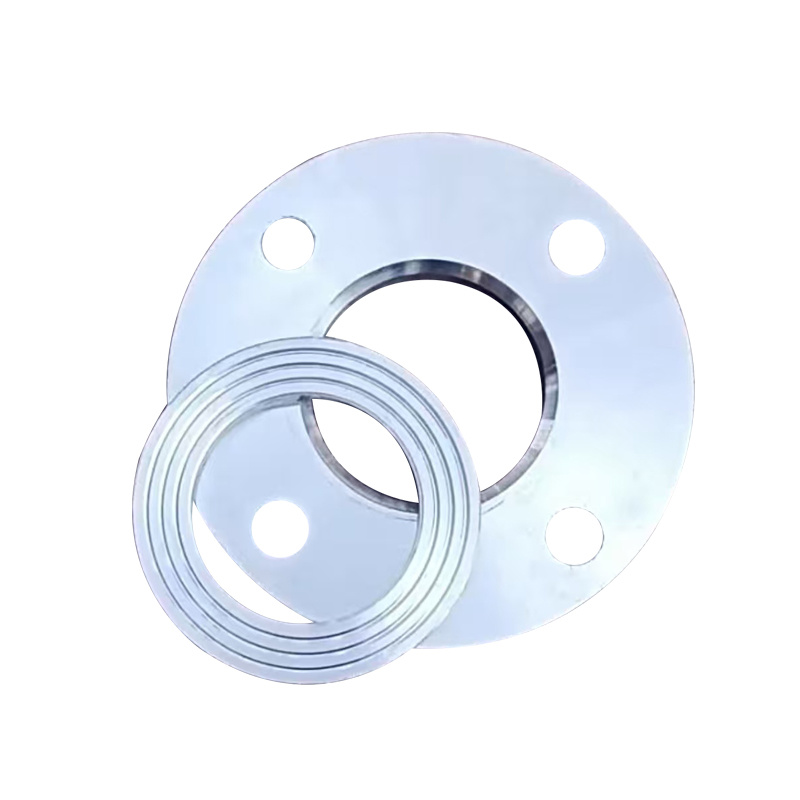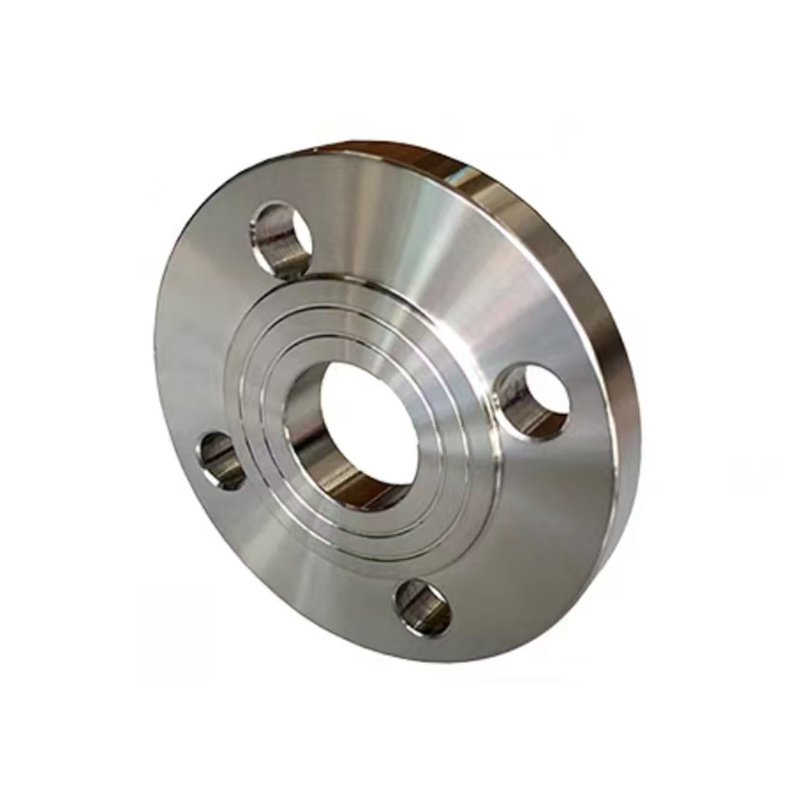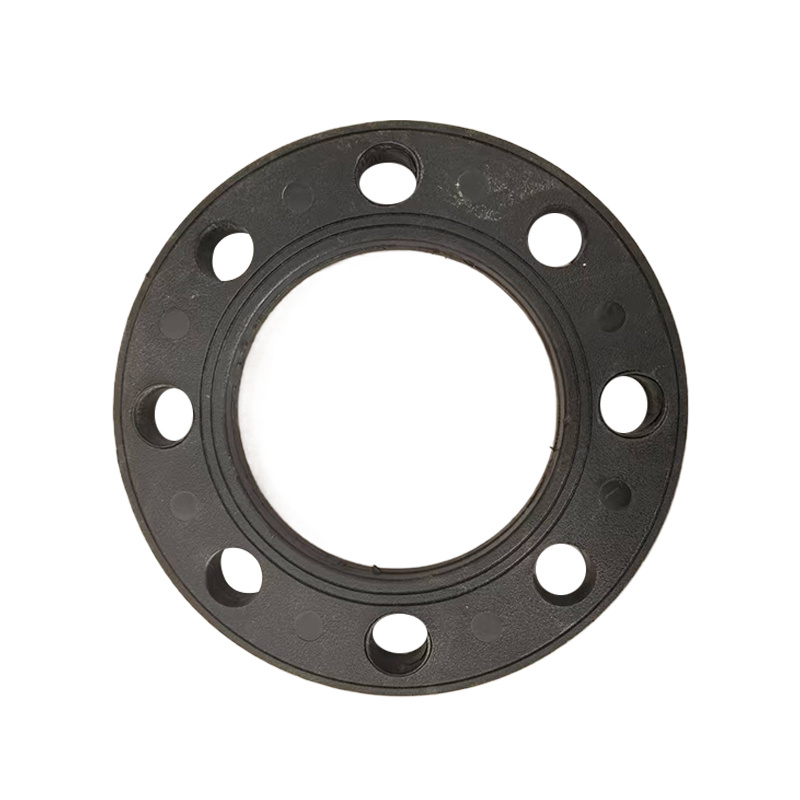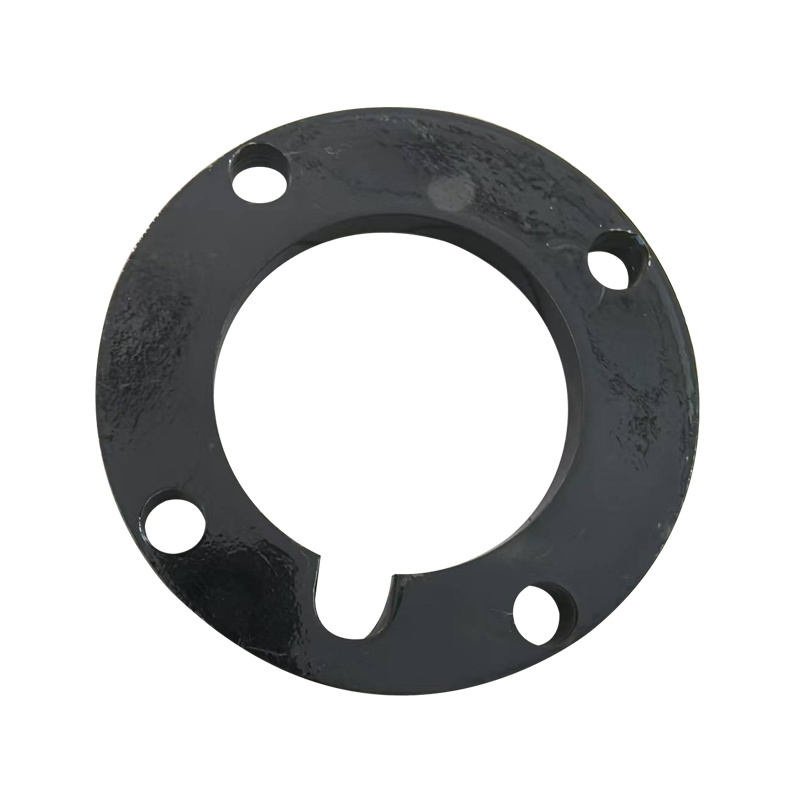
A gear is a mechanical component with interlocking teeth used to transmit motion and power.
Main Structure
Tooth: The raised part on a gear used for meshing, generally arranged radially.
Tooth Space: The space between two adjacent teeth.
Pitch Circle: The circle at the top of the teeth.
Root Circle: The circle at the bottom of the tooth space.
Pitch Circle: The reference circle for calculating the geometric dimensions of the gear on the end face.
Gear Hub: Supports the gear and maintains its shape, usually composed of the hub body and bearing seat.
Flange: The part of the gear's outer diameter, usually thicker than the tooth surface, which can increase the gear's stiffness and load capacity.
Working Principle
Based on the mutual meshing of the teeth, the teeth of one gear fit into the tooth spaces of another gear. When the driving gear rotates, it drives the driven gear to rotate through the sequential contact of teeth and tooth spaces, thus achieving the transmission of power and motion 1.
Main Classification
Classified by Shape Characteristics:
Spur Gear: Commonly used for transmission between parallel shafts, shaped like a cylinder, with teeth distributed along the axial direction of the cylinder, which can be divided into two types: straight teeth and helical teeth. The teeth of straight spur gears are parallel to the axis; the teeth of helical spur gears are at an angle to the axis, capable of bearing larger loads, often used in heavy-duty transmission.
Bevel Gear: Used for transmission between intersecting shafts, shaped like a cone, with teeth distributed along the generatrix of the cone, divided into straight teeth and helical teeth, capable of bearing larger torque during transmission, commonly used in automotive, aerospace, and other fields.
Worm Gear: Used for transmission of vertical or inclined shafts, the teeth of the worm gear are in a helical shape, while the teeth of the worm are in the opposite direction, commonly used for speed reduction or speed increase transmission, with high transmission efficiency and self-locking ability, capable of working in harsh environments.
Classified by Material:
Metal Gears: Usually made of steel, cast iron, brass, and other materials, with high strength and good wear resistance, suitable for various mechanical transmission needs. According to the manufacturing process, they can be divided into cast gears, forged gears, and machined gears.
Non-metal Gears: Made of non-metal materials such as plastic, wood, glass, etc., with lower cost and good corrosion resistance, suitable for light load low-speed or corrosive environments, manufacturing methods include injection molding, pressing, etc.
Classified by Manufacturing Method:
Machined Gears: Made through cutting processing methods, can adjust cutting parameters to control precision and shape, suitable for mass production and small machinery, with high precision and low manufacturing cost, but not suitable for large and complex shaped gear processing.
Cast Gears: Made by pouring molten metal into molds to cool, suitable for large machinery and heavy-duty transmission, low cost, high production efficiency, but prone to defects such as air holes and sand holes, affecting gear strength.
Forged Gears: Made by heating metal blanks and then forging, with high strength and good wear resistance, suitable for high-load transmission occasions, but with lower material utilization and high requirements for production equipment and process technology.
Powder Metallurgy Gears: Made by sintering metal powder, can manufacture complex shapes and small-sized gears, suitable for special transmission occasions, with high material density and precision, but also high production costs.
Applications
Widely used in many fields such as automobiles, airplanes, machine tools, clocks, steam engines, textile machines, robots, and new energy.
Hongya Machinery Parts Co., Ltd. is located in the southern industrial zone of Renqiu City, at the center of the Beijing-Tianjin-Shijiazhuang economic circle. The transportation is convenient, the environment is beautiful, and the geographical location is unique.
Our factory adheres to the principle of "seeking development with credibility and survival with quality," continuously developing in the increasingly fierce market competition. The production equipment is constantly improving, and the quality assurance system is continuously being perfected.
The products are of high quality and low price, and the after-sales service is attentive. Based on the principle of "people-oriented and quality first," the company has won unanimous praise from customers and peers.
In the future, we will continue to work hard to improve our products and provide benefits to our customers.
Our factory solemnly promises: "To honor contracts, uphold credibility, deliver goods on time, and guarantee quality." We welcome new and old customers to discuss business.
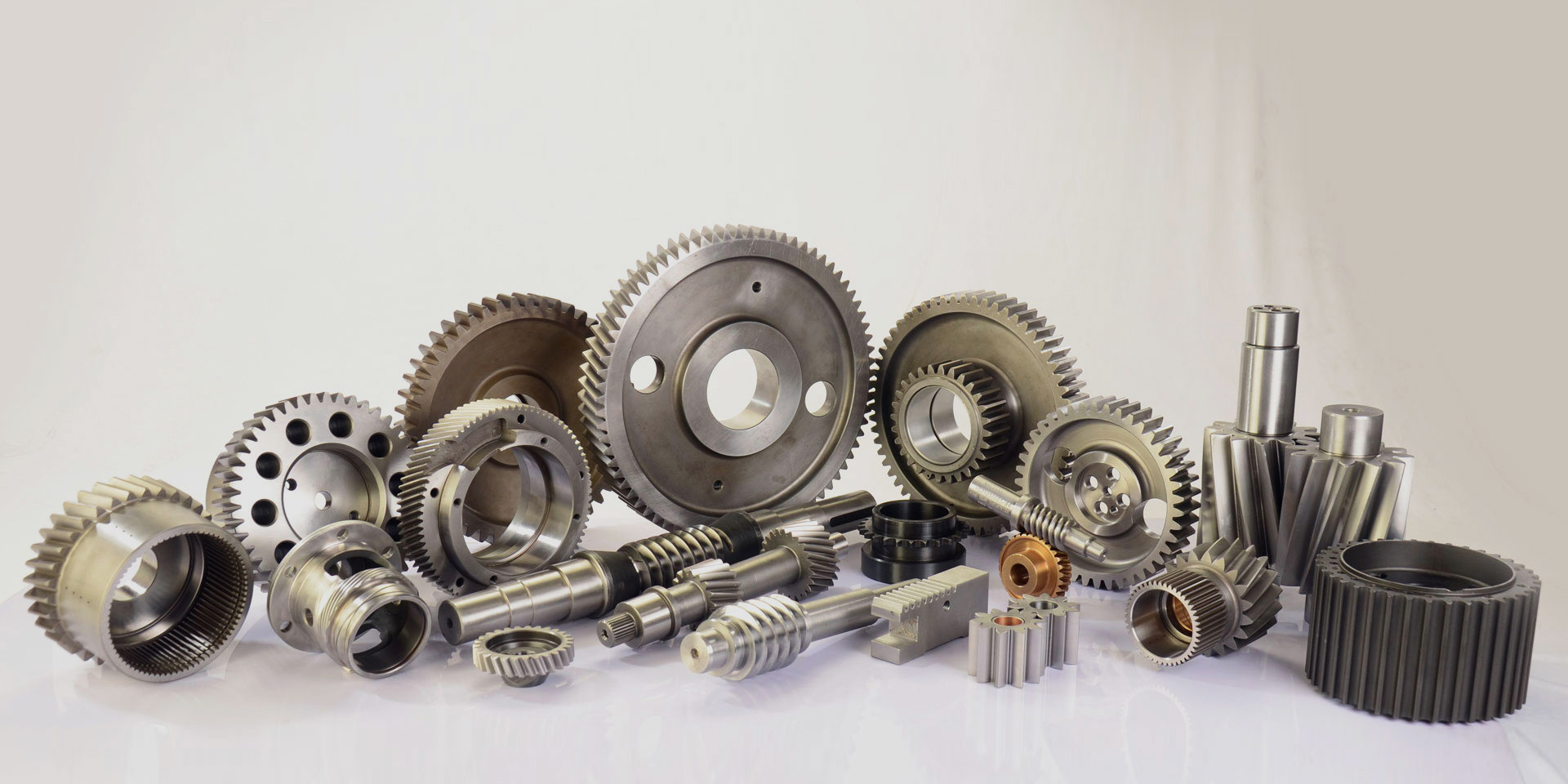
Key words:
Gear

Contact Us
Product Category
Online consultation
If you have any questions about our products and services, please contact us!


